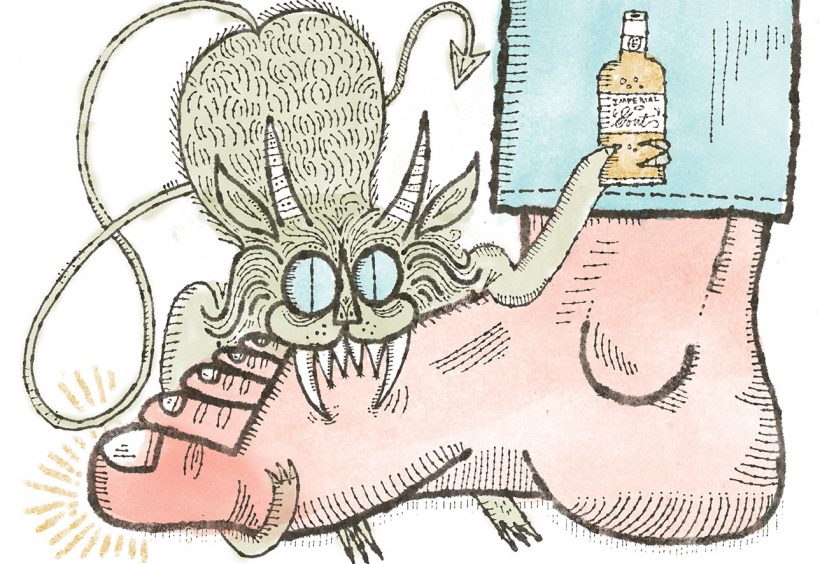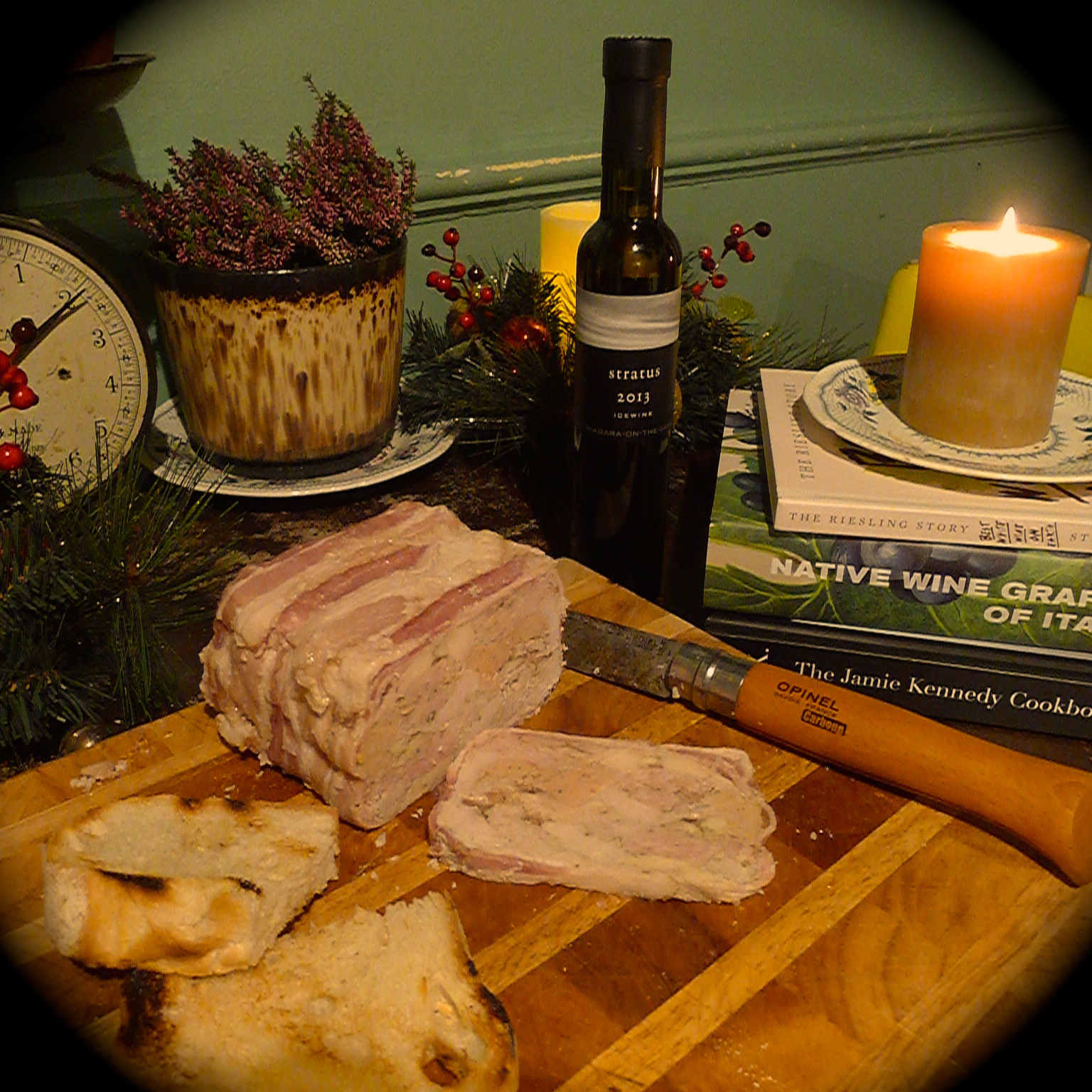
If we are going to speak of a dismantling of tipping culture then it is essential that we have an understanding of its origins.
Over the coming weeks we’ll be analysing the many facets of tipping culture, speaking with those who advocate for a better way, and those who feel that the hospitality sector’s unique set-up works and should not be trifled with. This week we look at the origins and brief history of tipping.
Strangely enough for a practice that seems as north American as apple pie, tipping can most probably be traced back to feudal England in the middle ages, a country not exactly synonymous with modern tipping culture. At the time lords and ladies travelling between their properties would pay pennies to ruffians and ne’er do wells along the way to ensure their safe passage, although I am pretty sure that this was code for ensuring they didn’t get the seven bells kicked out of them and robbed by said recipients.
By the 17th century, in Tudor times, it had become customary for overnight guests at a private home to, on their departure, leave monies, known at this time as vails, for their host’s servants.
Over time this practice spread, first through the coffeehouses and similar establishments of England, and then across the upper classes of Europe, the inherent class systems ensuring that the aristocracy were constantly reminding their social inferiors of their station through a sprinkling of change for their troubles.
Some histories of this time claim that the term “tip” comes from the acronym T.I.P. meaning To Insure Promptitude. Indeed some records have it that this very phrase was imprinted upon bowls in an establishment frequented by English writer Dr. (Samuel) Johnson.
Even back then the practice gave rise to a special kind of friction betwixt tipper and tippee, a fact not lost upon Scottish writer Thomas Carlye who in the mid-1800s after departing Gloucester’s Bell Inn noted:
“The dirty scrub of a waiter grumbled about his allowance, which I reckoned liberal. I added sixpence to it, and [he] produced a bow which I was near rewarding with a kick.”
In around the late 1800s, after the American Civil War, tipping began to show up in north-American taverns, most definitely the result of wealthy Americans returning from sojourns throughout Europe and aping the manners and mannerisms of the aforementioned aristocrats in an effort to show off their worldliness, wealth, and stature. It didn’t take long for the battle against tipping to kick off though, with opposition to such proceedings growing incrementally almost as soon as this European import was introduced. Many rightly saw it as nothing less than an undemocratic form of bribery.
In 1897 an op-ed piece in the New York Times spoke out against this system that it saw as being wholly un-American, allowing for the creation of a clear service class that would be fiscally dependant upon a defined upper class. It was called the “vilest of imported vices” and was accused of spreading across the country like “evil insects and weeds”.
Such discontent with the practice of tipping wasn’t confined to New York City by any means. In 1909 tipping was banned in Washington and five other states, but the law proved the very devil to enforce and was repealed in all six states by 1916. In 1915 six state legislators from Wisconsin, Illinois, Iowa, Nebraska, Tennessee and South Carolina proposed a bill that would see tipping outlawed across the country. Unfortunately it failed to pass.
There are a number of historians who claim that north American tipping culture is inherently racist and has at its roots practices that come from a dark part of American history: slavery. Saru Jayaraman, director of the Food Labor Research Centre at the University of California, Berkeley states in her book Forked: A New Standard for American Dining, that the custom of separate, lower minimum wage for tipped employees is directly related to the remuneration of freed slaves:
“The original workers that were not paid anything by their employers were newly freed slaves… This whole concept of not paying them anything and letting them live on tips carried over from slavery.”
Jayaraman references the telling words of American reporter, John Speed, who, in 1902, mused upon the tipping system while travelling to the northern states of America for the very first time:
“I had never known any but negro servants. Negroes takes tips, of course; one expects that of them—it is a token of their inferiority. But to give money to a white man was embarrassing to me.”
In his 1916 book The Itching Palm, American writer William R. Scott spoke passionately of his disdain for the practice:
“In a restaurant where the employer has thus shifted the cost of waiter hire to the shoulders of the public, the patron who conscientiously objects to tipping has not the slightest chance in the world of a square deal in competition with the patron who pays tribute, although he pays as much for the food…Tipping, and the aristocratic idea it exemplifies, is what we left Europe to escape””
And goes on to write:
“[Tipping is] democracy’s mortal foe [and] creates a servile attitude for a fee… The custom announces to the world…that we do not believe practically that all men are created equal… Unless a waiter can be a gentleman, democracy is a failure… If tipping is un-American, some day, somehow, it will be uprooted like African slavery”
1919 saw the introduction of Prohibition, and with it restaurateurs saw revenue from alcohol sales all but dry up, leading to tipping becoming the de facto way to ease the financial pressure of paying employees. An underclass of workers who relied upon “fawning for favors” became the norm. In many ways akin to a form of servile prostitution, a beggar class pretending to like someone for coins became a way of life for millions of north Americans, and remains so to this day.
Back in Europe things had changed somewhat, the whole system of tipping falling out of favour with the introduction of the UK minimum wage in 1943 (otherwise known as the Catering Wages Act). Meanwhile in France a growing dissatisfaction with what was universally decried as a broken system led to the government passing a law in 1955 stating that each and every bill would have a service charge built in and marked “Service Compris”, a practice that over time became the standard across continental Europe.
And there you have it. A potted history of tipping culture.

Edinburgh-born/Toronto-based Sommelier, consultant, writer, judge, and educator Jamie Drummond is the Director of Programs/Editor of Good Food Revolution… And, for the record, although he has worked in restaurants since he was around 18 years old, through circumstance he has never relied upon tips as a major portion of his income ; from Michelin recognised establishments in the UK (where tipping wasn’t a major thing), through a private club (where tips were forbidden), to a management position (that saw no part of the tipout), he’s never really benefited from tips.








Interesting etymology from my favourite language website:
“may derive from the German tippen, or possibly also be connected with the idea of an extremity, though authorities in language history are hedging their bets through lack of evidence.
“It turns up first in the thirteenth century, meaning to touch lightly (as in the game tip and run). By the early 1600s, it had become thieves’ cant with the sense of handing something over, or passing something surreptitiously to another person. This may derive from the idea of lightly touching somebody’s arm in order to communicate. (This is supported by other appearances of the word in phrases like tip the wink and tip off and the noun tip for a piece of inside information, say on a horse race.)
“One specific thing that was passed was a small sum of money. By the beginning of the eighteenth century it had taken on its modern meaning of giving a gratuity for a small service rendered; the first recorded use is in George Farquhar’s play The Beaux Stratagem of 1706 (“Then I, Sir, tips me the Verger with half a Crown”). By the 1750s, it could also mean the gratuity itself.”
http://www.worldwidewords.org/qa/qa-tip1.htm
I much appreciated the analysis of how the history of tipping relates to social inequality. In the modern era, this inequality extends to gender relations, and intersects with sexualized dress codes that are so much in the news. Jay Porter of Linkery in San Diego, who eliminated tipping and replaced it with a service charge, was in town a couple of years ago for a forum organized by Bruce McAdams. Porter cited his unease with the coercive power that tipping gives male patrons over female servers as a motivation for ending the practise in his operation. Dress codes, whether imposed by management or social pressure, are one expression of this coercion. The other essential inequality of the current system is that between front and back of house, with cooks generally working twice the hours for half the revenue. Good service is essential, and many pro servers invest in food and one knowledge to represent the work of the kitchen with expertise, as do ambitious cooks. Ending tipping is not an affront to service staff, but a way to redistribute revenue more fairly within foodservice operations.